What are IoT Devices? 9 Popular Types
The rise of connected technology has reshaped the way we live and work. Everyday items now feature embedded intelligence that enables communication with cloud software and other systems. This trend has yielded innovations in many sectors.
Technologies related to these systems continue to evolve rapidly. The seamless integration of advanced components and networks has spawned numerous applications across consumer and industrial markets. The impact is evident worldwide.
📑 Table of Contents
- Introduction to IoT devices
- Evolution and History of IoT devices
- How Connected Sensors Enhances IoT devices
- Wireless Communication Systems and Their Applications
- Real-World Case Studies of IoT devices
- Data Collection in Modern IoT devices Solutions
- Future Trends: Remote Control and Beyond
- Compelling Insights on Advanced Connected Systems
- FAQ
- Conclusion
From smart homes to advanced industrial operations, these systems have become a backbone for modern digital transformation. They create efficiency through automation and enable new data-driven business models.
Introduction to IoT devices
Overview and Importance IoT (Internet of Things)
The concept of integrated smart systems has revolutionized our daily routines. Over the past decades, technology has bridged the gap between physical objects and digital networks, enabling seamless interactions among devices. Today, the networked nature of these systems supports activities ranging from home automation to industrial control.
In this realm, innovation is driven by factors such as low-power components and scalable network protocols. The incorporation of small, efficient elements ensures that devices can communicate in real time while maintaining energy efficiency. This evolution permits rapid technological advancements that benefit diverse sectors.
Furthermore, widespread industry adoption has led to a surge in practical applications. Modern systems have become integral to everyday tasks, showing the significance of embedding intelligence into physical products. How has this evolution influenced your daily interactions with smart systems?
Defining Key Concepts and Components
The foundational components include sensors, connectivity modules, and processing units, all designed to work in harmony. Each device is equipped with tiny processors and sensors that measure the environment, enabling automated responses in real time. These aspects create a network that feeds data to cloud systems or edge computing platforms.
This integration helps in monitoring and controlling physical systems remotely, establishing a strong digital infrastructure. With these advancements, industries can now optimize operations with predictive maintenance and streamlined management. What examples of transformative devices have you encountered in modern technology?
For more information on the underlying trends, refer to this detailed study on connected counts.
Evolution and History of IoT devices
Early Beginnings and Technological Roots Smart Devices
The terminology first emerged in the late 1990s when visionaries began connecting simple devices. Initially, machine-to-machine (M2M) communication in industrial settings laid the groundwork for broader automation. These early systems were limited but paved the way for modern innovations.
Technology evolved with the miniaturization of computing components, making devices more accessible and efficient. Critical developments, such as the widespread adoption of internet protocols and low-powered sensor technology, spurred further progress. This evolution has been instrumental in transitioning from isolated systems to interconnected networks.
Historically, initiatives by companies like Procter & Gamble, where the term was first coined, set the stage for today’s advanced systems. Do you recall any early innovations that helped shape current digital trends?
Milestones and Modern Advancements
As devices grew smarter, consumer adoption increased dramatically during the early 2010s. Products such as automated thermostats, wearable fitness trackers, and connected appliances led the market change. These innovations demonstrated the benefits of efficiency, connectivity, and real-time monitoring.
Subsequent improvements in cloud computing, wireless technology, and sensor development have further accelerated growth. Recent forecasts indicate that global connected units may exceed tens of billions in the next decade, as reported by statistical studies. Have you seen changes in technology that remind you of these milestones?
For more detailed insights, check out this analysis on trending topics.
How Connected Sensors Enhances IoT devices
Sensors and Their Role in Modern Systems Digital Transformation
Sensors form the bridge between the physical environment and digital networks. Embedded within devices, they capture essential metrics such as temperature, pressure, and motion, enabling systems to respond to dynamic conditions. This real-time responsiveness is vital for operational efficiency.
Technically, miniaturized sensor components drive this interaction, using signals that are converted into actionable data. Their integration into everyday objects elevates utility and provides critical insights for optimized performance. The inherent accuracy of these sensors contributes to improved device reliability.
Recent implementations in industries like healthcare and manufacturing have showcased substantial benefits. Have you ever considered how precise measurements have improved system performance in your experiences?
Integration Challenges and Methodologies
While sensors are indispensable, integrating them within broader networks poses challenges. Issues such as calibration, data accuracy, and interoperability must be addressed to ensure smooth functionality. Advanced protocols and middleware have been developed to tackle these challenges.
Methodologies like telemetry data collection and processor integration ensure that sensors work harmoniously with processing units. This ensures that every data point is correctly interpreted and utilized. For instance, industrial setups rely heavily on these techniques for predictive maintenance and quality control.
The continuous evolution in sensor technology offers a promising future for enhanced systems. What challenges have you observed when integrating new technologies into established frameworks?
Wireless Communication Systems and Their Applications
Communication Protocols and Technologies Innovative Solutions
Wireless systems are the circulatory system for modern smart networks. Various protocols, including Bluetooth, Zigbee, and Wi-Fi, have been optimized for specific ranges and bandwidth needs. Each standard is implemented based on the application and required performance levels.
This framework supports both short-range and long-range protocols. For example, short-range technologies such as Bluetooth are used within personal space, while long-range protocols like LoRaWAN provide connections in remote areas. The design of these systems is fundamental to efficient data transfer.
Each protocol is chosen based on power consumption, range, and speed requirements. Are you aware of how these choices influence the performance of your everyday devices?
Application Areas and Impact
The application scope of wireless communications spans from smart homes to large-scale industrial installations. These protocols not only enable connectivity but also ensure the safe transmission of sensitive information. Security enhancements like encryption are critical in safeguarding data across networks.
Industries rely on these systems for critical functions such as real-time monitoring and updating of distributed networks. Applications extend to healthcare, where remote monitoring of patients depends on robust wireless links. How do you think wireless technology has transformed essential services?
Learn more about these impacts by reading this industry analysis report.
Real-World Case Studies of IoT devices
Industries Benefiting from Advanced Technologies Future Technologies
Industries such as healthcare, manufacturing, agriculture, and smart cities showcase unique case studies. In healthcare, remote patient monitoring has enabled clinicians to track vital signs through wearable systems. This evolution has significantly improved chronic disease management and resource allocation.
Similarly, manufacturing has benefited from predictive maintenance. Sensors installed on production lines detect anomalies, reducing downtime by up to 50%. Such improvements lead to extended machinery life and enhanced production quality.
These examples illustrate the transformative capacity of interconnected systems in various sectors. Have you observed similar shifts in your professional or personal life?
Comparison Table of Key Case Studies
Comprehensive Comparison of Case Studies
| Example | Application | Impact | Region |
|---|---|---|---|
| Remote Monitoring | Healthcare | Reduced readmissions by 30% | North America |
| Predictive Maintenance | Manufacturing | Reduced downtime by 50% | Europe |
| Precision Farming | Agriculture | Water savings of 30-50% | Asia |
| Traffic Management | Smart Cities | Reduced congestion significantly | Global |
| Asset Tracking | Logistics | Improved resource availability | North America |
These numerical and qualitative data points derive from industry reports and are generally accepted in the field. What additional sectors do you think could benefit from these implementations?
Data Collection in Modern IoT devices Solutions
Methodologies and Techniques in Data Capture
Data capture methods in modern systems are varied and adapted to specific operational needs. Techniques include real-time telemetry and periodic sensor sampling to enable immediate error detection and operational insights. Such practices form the basis of predictive maintenance and trend evaluation.
Historical data storage is equally essential for identifying long-term performance trends. Industries leverage accumulated information to make strategic decisions regarding efficiency improvements and system optimization. These methods ensure that every data point contributes to better decision-making.
Have you noticed the difference that accurate data collection makes in improving operational performance?
Optimizing Data Flow and Processing
Effective architectures combine cloud computing, edge processing, and fog computing. Cloud solutions centralize massive data volumes while edge systems process data near the source to reduce latency. The balance between these models is critical in maintaining efficiency and speed.
Implementing strategies for optimal data processing results in enhanced responsiveness and resource management. This integrated approach minimizes data bottlenecks and ensures dependable operational insights. How could your organization benefit from more efficient data handling?
For further details, refer to a comprehensive data capture guide available online.
Future Trends: Remote Control and Beyond
Emerging Technologies and Innovation
The future of these interconnected systems points toward greater integration with artificial intelligence and automation. Upcoming innovations include systems that autonomously manage operations with minimal human input. Research shows that enhanced algorithms can drive proactive adjustments before issues even arise.
Advancements in network technologies such as 5G are expected to reduce latency further, paving the way for real-time decision-making in critical scenarios. This evolution is opening doors to applications that were once considered the realm of science fiction. What exciting changes do you predict in the near future?
For additional insights, explore this industry trends overview.
Security, Scalability, and Global Impact
The expansion of these systems brings with it challenges in security and scalability. Future architectures will require robust methods to safeguard every component and connection while ensuring seamless global interoperability. Enhanced encryption and secure boot processes have become standard practices.
As systems scale, unified data platforms like the Unified Namespace become key in breaking down silos and ensuring integrated decision-making. This progression will drive greater operational resilience and wider global impact. Do you have thoughts on the balance between advancement and security?
With these developments on the horizon, the field is set to reshape entire industries. For more information on ongoing innovations, check out this reliable resource on evolving network devices.
Compelling Insights on Advanced Connected Systems
This section brings forward a narrative on the evolution of modern smart solutions that have reshaped everyday methods without dwelling on technical jargon. The emphasis is on human ingenuity and the capacity to transform routine activities into more efficient processes through subtle enhancements. Over the years, novel techniques and refined mechanisms have led to improved operational effectiveness in both private and industrial sectors.
One interesting observation is how simple innovations have spurred complex change in many fields, leading to unexpected benefits in energy management and resource allocation. Stories of transformation in traditional industries highlight a trend where small improvements culminate in significant outcomes. Such progress not only energizes the competitive landscape but also inspires the creation of more secure, user-friendly systems.
The narrative underlines the interplay between creativity and process optimization, demonstrating that even incremental enhancements can yield transformative results. Readers are invited to reflect on how everyday objects have evolved and to consider the potential for even greater advances. This reflection opens a mindset that welcomes change with open arms, alluding to the possibility of a brighter and more efficient future.
Ultimately, the focus is on the continuous journey of progress garnered from subtle yet impactful adjustments that ripple across various domains, highlighting the power of innovation and forward-thinking perspectives.
FAQ
What defines an IoT device?
An IoT device is defined by its ability to connect to a network, collect information from its environment using sensors, and interact with other devices or systems. This connectivity enables automation and remote management.
How did IoT technology evolve?
The evolution began with machine-to-machine communication in industrial settings, later advancing with innovations in sensor miniaturization, wireless communication, and cloud computing that enabled widespread adoption.
What industries benefit the most from these systems?
Industries such as healthcare, manufacturing, agriculture, smart cities, and logistics benefit greatly as these systems provide real-time monitoring, predictive analytics, and automation capabilities.
How is data managed in these systems?
Data is collected via sensors and transmitted wirelessly to processing centers, where cloud, edge, or fog computing architectures process, store, and analyze this information for informed decision-making.
What are the future trends in this field?
Future trends involve advanced automation, integration of artificial intelligence, robust security measures, scalable network technologies such as 5G, and continued global expansion of these systems.
Conclusion
The advancements in smart systems have significantly reshaped industries and everyday life. With continuous progress in connectivity, processing, and automation, these systems offer tremendous potential to optimize operations and drive digital transformation.
While challenges in security, integration, and scalability remain, the future promises further breakthroughs driven by emerging technologies. The blend of advanced networking and autonomous processes will continue to enhance efficiency and innovation.
If you have experienced similar innovations or have further questions, we encourage you to share your thoughts and insights. For more information, visit our Smart Tech category or Contact us directly.
Have you experienced technology that changed the way you work or live? Share your experiences and join the conversation!


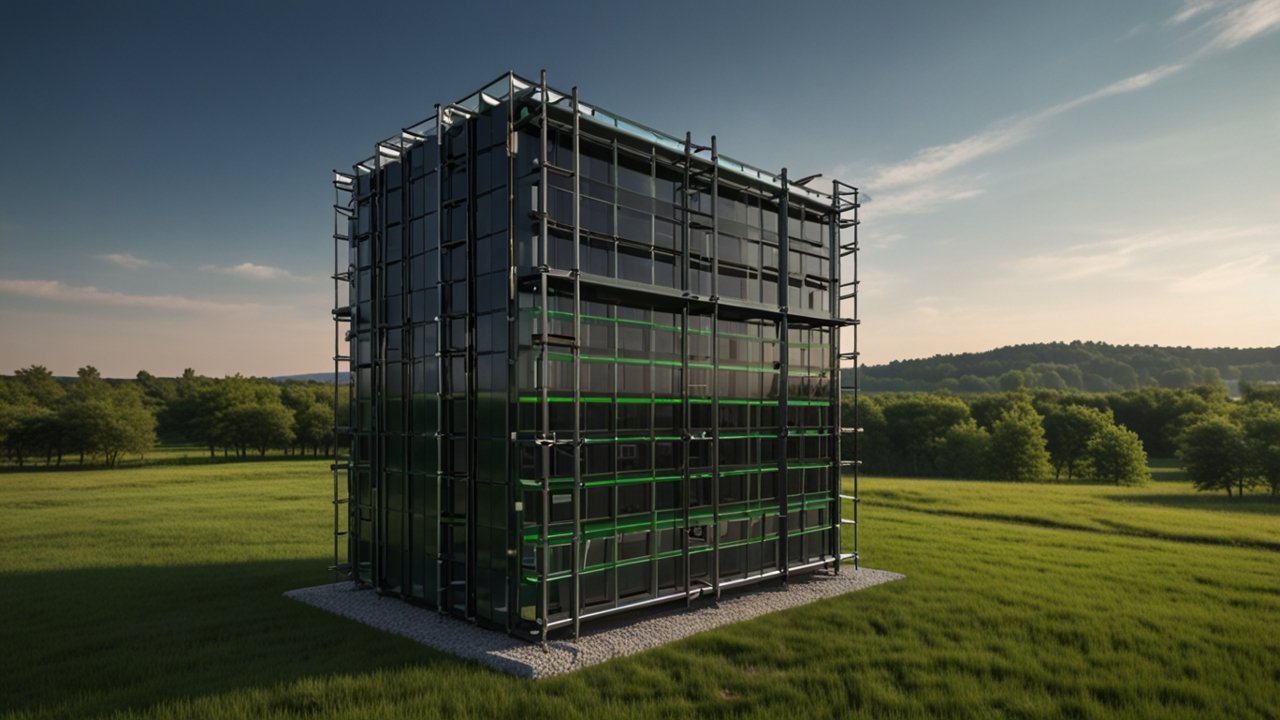

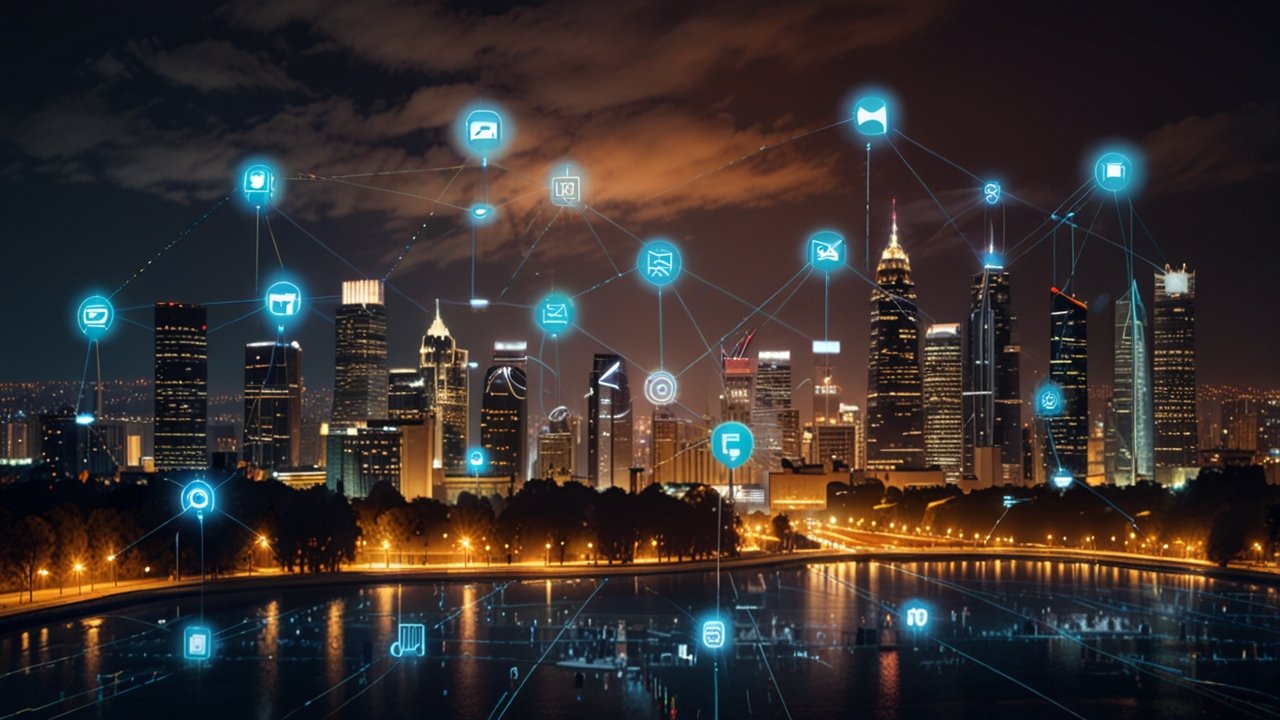








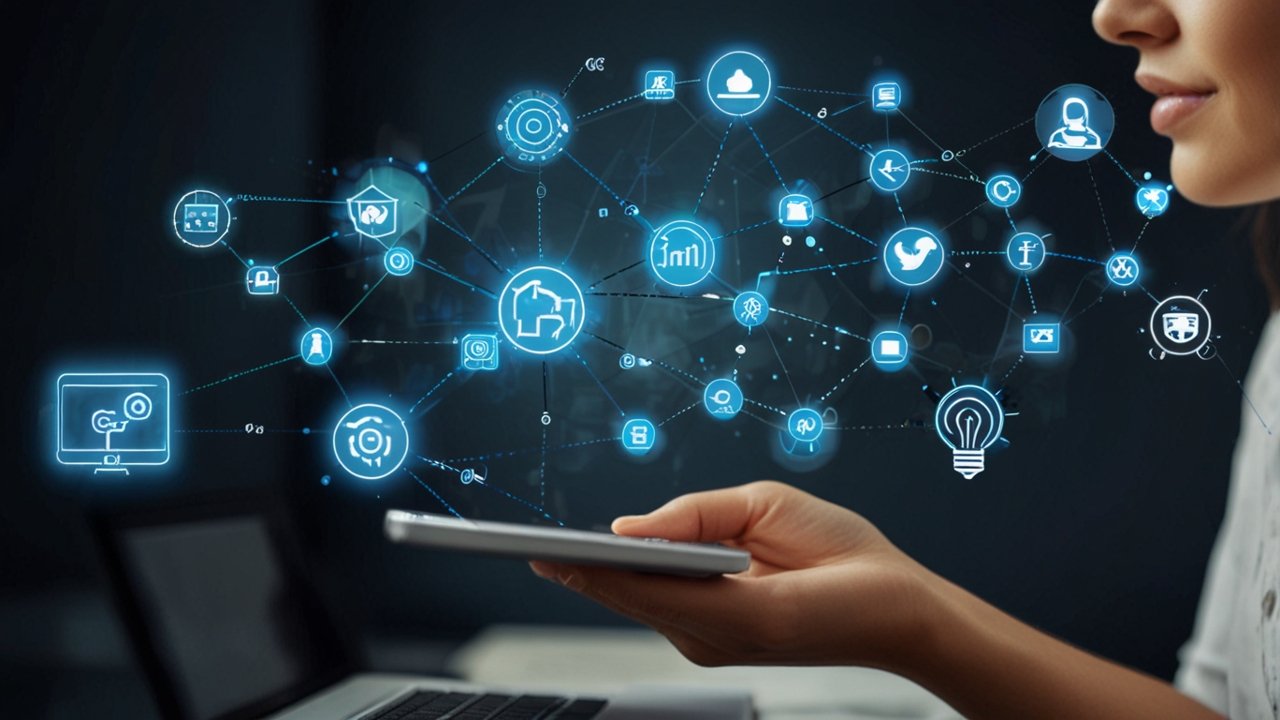

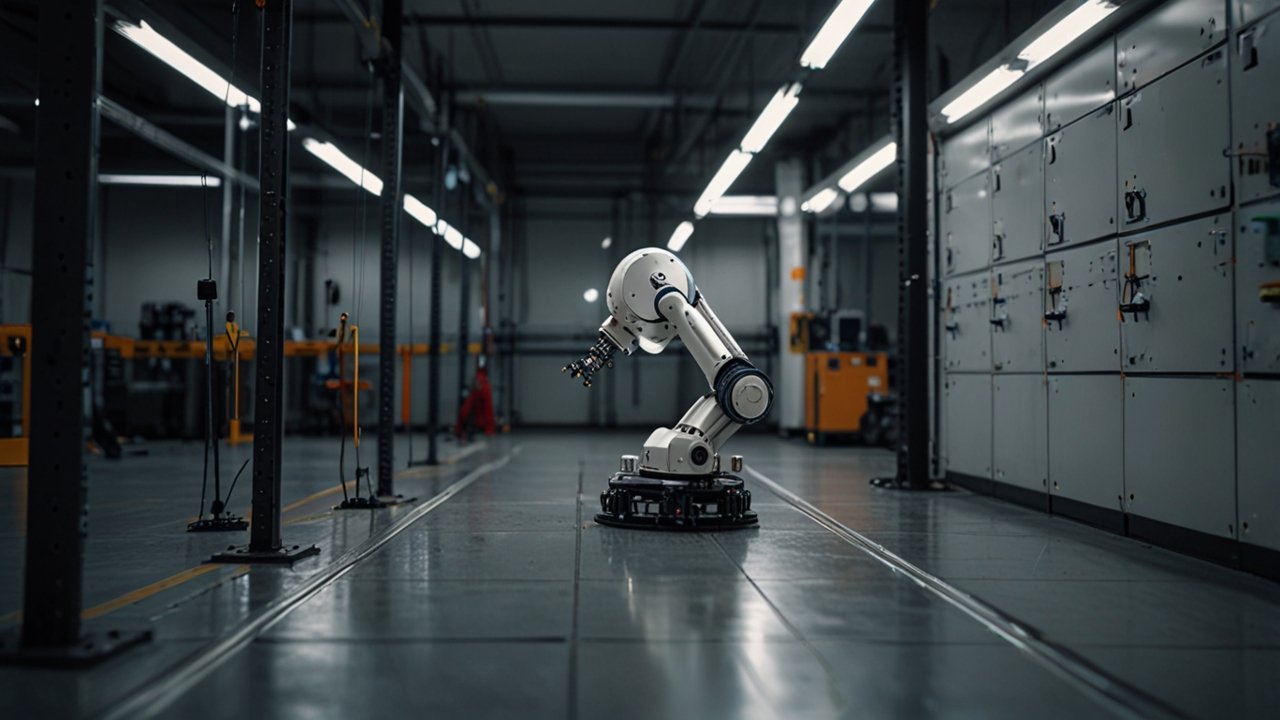

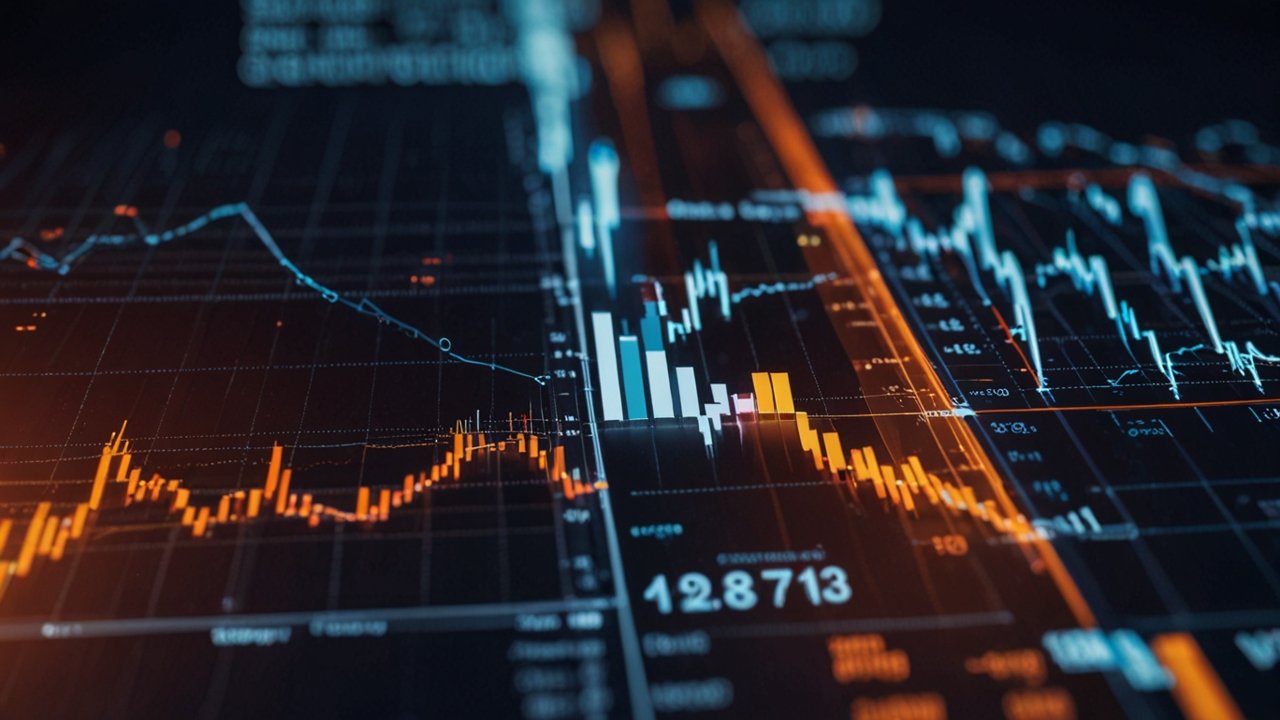


Leave a Reply